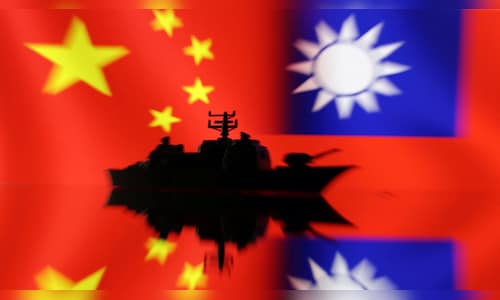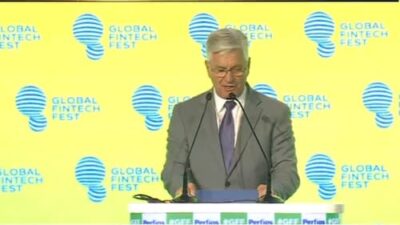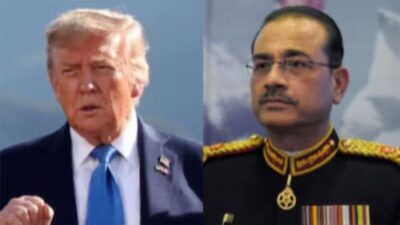China dispatched its largest number of warplanes towards Taiwan since October, a response coinciding with US lawmakers’ visit to a senior military official, and naval vessels from both the UK and Japan navigating through the strait that divides the two territories.
The Taipei defense ministry reported that 46 aircraft from the People’s Liberation Army crossed the median line in the strait within the 24 hours leading up to Friday morning. The ministry stated that it observed and “responded accordingly” to these maneuvers, though further details were not disclosed.
Later, the ministry indicated that an additional 15 warplanes were detected. China was “conducting joint air-sea training along with” its naval ships, which included Su-30 fighter jets and KJ-500 surveillance aircraft.
The incursions into sensitive regions around Taiwan followed a rare publicly acknowledged meeting between a group of US lawmakers and Defense Minister Wellington Koo in Taipei on Tuesday. Beijing strongly opposes formal interactions between nations it has official ties with—such as the US—and Taiwan.
Also Read: China’s eased restrictions on the private sector falters within just about a month
China considers Taiwan as a region that must be brought under its control, potentially by force. Taipei dismisses this perspective, with the US providing military support to the democratic nation of 23 million.
Defending the military flights earlier on Friday, Foreign Ministry spokesman Guo Jiakun stated at a regular press briefing in Beijing that “the Taiwan question pertains to China’s sovereignty and territorial integrity.”
The military maneuvers from China materialize as the US evaluates the prospect of an attack on Iran. On Thursday, Taiwan President Lai Ching-te directed his national security team to fully understand the geopolitical landscape.
Officials in Taipei have consistently expressed concerns that the PLA might become more aggressive if the US is preoccupied with crises elsewhere. Earlier in April, the US deployed the Carl Vinson carrier strike group to the Middle East after completing exercises in the Indo-Pacific.
In a related development, Japan sent a destroyer through the 180-kilometer (110-mile) wide strait last week, as reported by Kyodo News. This marks the third known passage of a Japanese naval vessel in the past year.
Earlier this month, Japan noted the simultaneous operation of two Chinese aircraft carriers and accompanying warships near distant Japanese islands in the Pacific Ocean for the first time, highlighting Beijing’s advancing naval capabilities.
Also on Friday, the PLA announced that the UK had sent a naval vessel through the strait. Beijing criticized the UK’s passage on Wednesday as a “provocation,” asserting that it jeopardizes peace and stability in the region. The Chinese military affirmed that its forces would remain vigilant and “resolutely counter all threats.”
This voyage by the UK warship coincides with London’s deployment of an aircraft carrier and additional vessels into the Indo-Pacific, with planned port visits to Singapore, Indonesia, Japan, and South Korea.
Regarding the transit of warships, Guo, the spokesman for the Foreign Ministry in Beijing, mentioned that his country “respects the freedom of navigation of all nations, but we oppose any nation using it as a pretext to provoke or infringe upon China’s sovereignty or security.”



